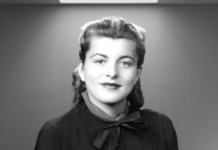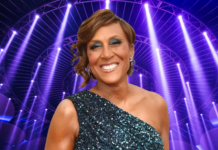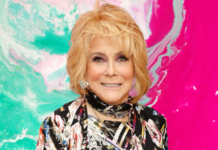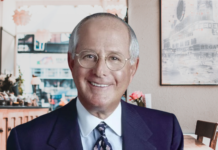Table of Contents
Introduction
Imagine a world where the circus tent conceals not just laughter and joy but a sinister secret—a world gripped by the eerie phenomenon known as the Killer Clown Age. This article delves into this bizarre trend’s depths, origins, cultural impact, and the psychology that fuels our fascination with these unsettling figures.
| Category | Information |
| Name | Killer Clown |
| Age | 52 years |
| Height | 5 ft 9 |
| Birthdate | 1942–1994 |
| Birthplace | Chicago, Illinois |
| Nationality | American |
Definition of Killer Clown Age
The Killer Clown Age, an intriguing cultural epoch, refers to the period marked by a surge in the popularity of menacing clown figures. These aren’t typical circus entertainers, but characters that evoke fear and unease.
Historical Context
To truly understand the Killer Clown Age, we must unravel its roots. From ancient jesters to court fools, the concept of clowns has evolved, taking a dark turn recently.
Read More: John Daly Net Worth: A Rollercoaster Ride, Age, Height, Career, And Other Info
The Rise of Killer Clowns
Killer clowns have infiltrated popular culture, finding a disturbingly captivating place in movies, TV shows, and literature. Their influence has seeped into the collective consciousness, leaving an indelible mark.
Performing Arts and Horror
Killer clown careers often find their niche within the broader genre of horror entertainment. Professional performers in this field specialize in creating an atmosphere of fear and suspense, combining elements of traditional clowning with the macabre. These artists may work in haunted houses, horror-themed events or even collaborate with filmmakers to bring their chilling characters to life on the silver screen.
Challenges of the Killer Clown Profession
While the killer clown career may offer a unique avenue for creative expression, it has challenges. The stigma associated with this niche can be a significant barrier, as many still harbor deep-seated fears of clowns. Striking a balance between terrorizing an audience and ensuring their safety requires a delicate touch and a keen understanding of human psychology. Additionally, legal and ethical considerations must be navigated carefully to avoid crossing boundaries and causing genuine distress.
From Thrills to Technique
The judging criteria for Killer Clown Awards are as diverse as the categories themselves. Judges, often comprised of industry professionals and seasoned performers, consider factors such as the ability to elicit fear, creativity in storytelling, technical proficiency in makeup and costume design, and overall impact on the audience. Performers are evaluated not only on their ability to terrify but also on their capacity to entertain and captivate, making the judging process a meticulous and comprehensive endeavor.
Creative Synergy and Unique Acts
One of the defining features of Killer Clown Families is the creative synergy that arises from familial collaboration. The combination of shared experiences, inside jokes, and an inherent understanding of each other’s strengths and weaknesses allows these families to craft not only terrifying but also deeply personal performances. The creative possibilities are as diverse as the families, from synchronized acts that play on familial dynamics to elaborate storylines that tap into shared histories.
Impact on Entertainment Industry
The entertainment industry has witnessed a paradigm shift as killer clowns become protagonists in horror narratives, challenging conventional storytelling norms.
The Genesis of Killer Clown Families
The concept of the Killer Clown Family is rooted in the ever-evolving world of performance art. While individual killer clowns have long been a staple of horror entertainment, the idea of forming familial bonds within this niche is a relatively recent phenomenon. The shared passion for the macabre, a love of performance, and a desire to push creative boundaries have brought together these families, creating a subculture within the broader realm of horror-themed entertainment.
Notable Killer Clown Awards Ceremonies
Several annual ceremonies have become synonymous with recognizing excellence in the killer clown community. The “Spectral Grin Awards” and the “Nightmare Masquerade Excellence Awards” are just a few examples of events that draw performers worldwide. These ceremonies feature red-carpet events, performances by acclaimed killer clowns, and the presentation of coveted awards, creating a sense of prestige within the horror entertainment community.
Conclusion
The world of killer clown careers is fascinating and complex, blending elements of traditional clowning with the darker realms of horror entertainment. While the profession may not be for the faint of heart, it offers a unique outlet for artistic expression and a chance to explore the intriguing interplay between fear and entertainment. As audiences continue to seek new and immersive experiences, killer clowns remain a captivating and controversial presence in the ever-evolving landscape of performance art.
Apart from that, if you want to know about Allison Miller Net Worth then please visit our entertainment category.
FAQs
While the concept of killer clowns has been popularized in fiction and the media, real-life incidents involving individuals posing as menacing clowns have been reported.
The fear of killer clowns often stems from primal fears, societal anxieties, and the portrayal of menacing clowns in popular culture.
The killer clown trend gained momentum through media portrayals, viral challenges, and the influence of horror-themed entertainment.























